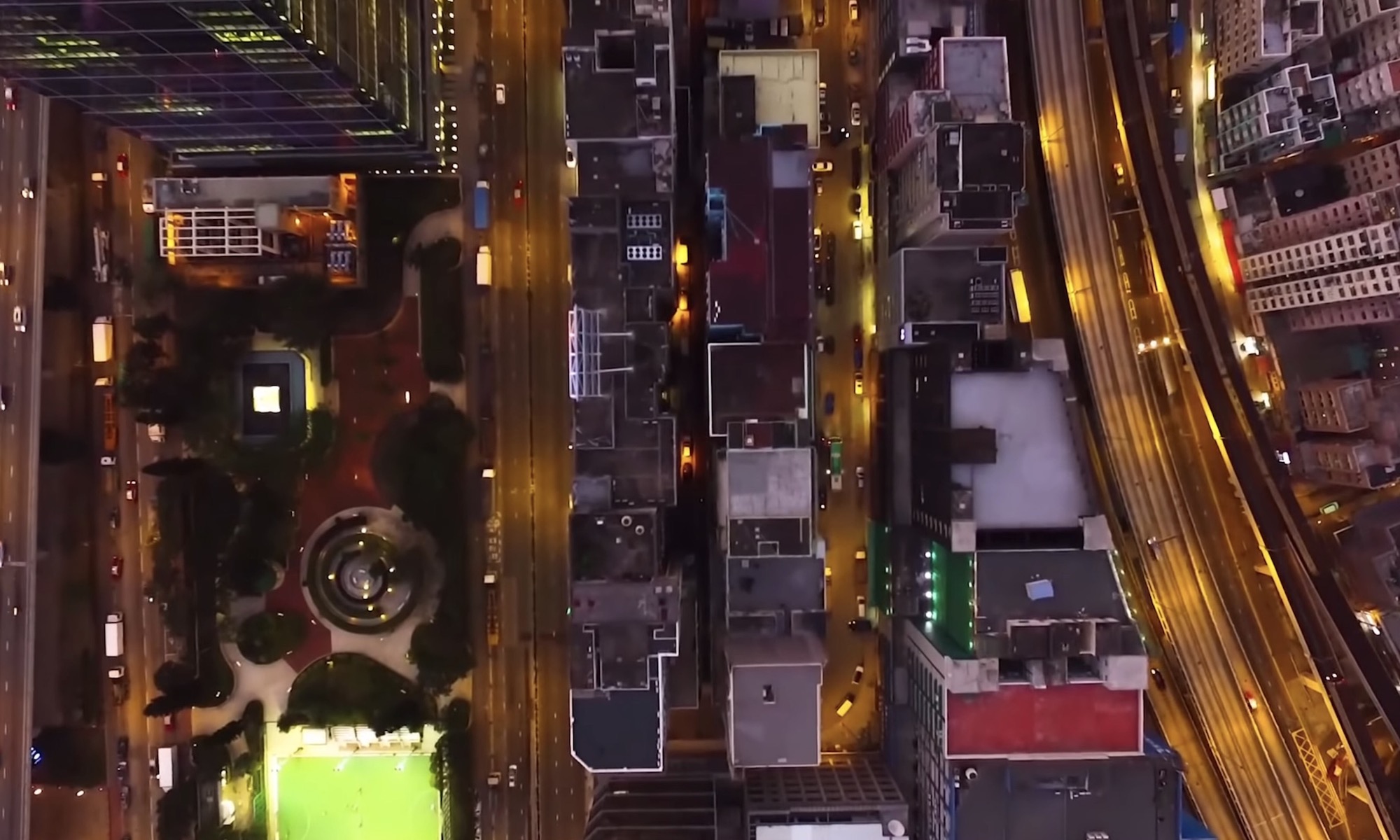Rene mirrors all my feelings about Instagram. From iMore:
I've been using Instagram for a long time. I almost always post my photos to Instagram and then share from there to Facebook and Twitter. I use it enough that I've become somewhat inured to its common limitations — its rough edges and brick walls — most people run into every day. Hearing John Gruber discuss them with Ben Thompson on The Talk Show this week, however, made them all front-of-mind for me again. As such, here are five frustrations I currently have that I'd like to see Instagram tackle this year.
1. Higher resolution photos
Instagram launched at a time when the iPhone's camera was three megapixels and the device's top speeds were limited by 3G service. Now we have 8-megapixel iSight cameras and LTE radios. Yet Instagram's native resolution on iOS remains 640-by-640. For viewing, that's okay… in the same way listening to a low-bitrate MP3 music is "okay." For appreciating, however, it's disappointing.
On a modern iPhone, Instagram works with and even lets you save 2048-by-2048 images, but won't display them on the service. Perhaps the company could upload the high-res image to the service if you have the connection to do so, then display scaling resolutions based on whatever device is viewing it, a la Dropbox's Carousel (née Loom) or iCloud Photo Library. That way low-end, low-resolution devices are still "okay," but high-end devices like the iPhone 6 Plus can view the high resolution — assuming they have the bandwidth to do so.
Storage and its associated costs would go up for Instagram, but they have Facebook money and infrastructure to lean on now. And for a service built on photos, a reasonable quality level should be table-stakes.
2. Instagram for iPad
Instagram debuted on the iPhone. Eventually it moved to Android and the web (ish). It added video and dabbled with messaging. What it didn't move to, and what it didn't add, was an iPad client. This thinking might have made sense when the iPad launched without a camera, but now that the iPad Air 2 has a very capable 8-megapixel iSight camera, it's an obvious, gaping omission.
Given its 2048-by-1536 laminated Retina display with 264 pixels-per-inch, the iPad has the perfect screen for photos and videos. That means it has the perfect screen for enjoying high-resolution Instagram shots as well.
Mobile-first defines Instagram, to be sure, but iPads are mobile devices. Apple has sold hundreds of millions of them, so they're also among the most popular mobile devices and the most popular mobile cameras. They are, in fact, the best cameras some of us have with us. It's long past time iPads and iPad photography were treated as first-class citizens.
3. Non-destructive edits
Instagram has grown from a way to filter poor iPhone shots to a way to edit-to-perfection all the moments we want to share with the world. The app has a full range of tools, offering expanded filters, brightness, contrast, saturation, color, highlights and shadows, blur and sharpness, and more.
During the editing process you can move through all of them, tweaking and adjusting with impunity — non-destructively – until it's exactly the way you want it. Once you post it, however, those edits are burned in forever.
Imagine instead, like the iOS 8 Photos app, all those edits were saved as a delta file and stored alongside the original image. What you see in the Instagram feed would be the same, but you could go back in and tweak an image again any time you wanted, alongside its caption or tags.
Again, it would require slightly more storage on the backend, but it would also allow for more time spent using Instagram — a plus in any company's book.
4. Native regrams
If I like a tweet, I can retweet it. If I enjoy a Facebook post, I can share it. On Instagram… nothing. If I really want to re-broadcast something, I need to screenshot it, crop it, and post it either as my own photo with some caption attribution or use one of those ugly third party apps that stick a citation label on it.
At best, it's awkward and unwieldy. At worst, it leads to shitpic degradation through repeated application of compression.
Right now, to discover great new Instgram accounts to follow, I have to leave my timeline and go squint through the middling Activity list Instagram provides. Native regrams would solve that problem, as well. And for anyone who thinks of regrams as clutter, an opt-out could easily be provided in the app's settings screen.
5. Active Links
"See link in my profile" is a thing on Instagram because that's the only place the app currently supports active links. If you type a link into a caption, it renders as plaintext. Tap on it, and it does nothing but laugh at you, silently.
By all means, keep links — and the spammers who would abuse them — out of the replies. But enable them in the original caption we add when uploading a photo. That way, I can not only share moments, I can share a way for other people to get more information and potentially share that moment as well.
Your most-wanted Instagram features?
Some people want a native Mac app as well, or channels so they can follow trends or events. Others want an easy way to re-download their own photos or multiple account support so they can post personally and for the job or hobby. Still others want better state-preservation so they don't lose their place when they exit the app, or support for line breaks in comments.
But what do you want? If you were running product development for Instagram this year, what would be on your upcoming feature list?

I still don't understand the regram concept… it's just odd to me. Or tumblr. But I'd definitely like higher res photos.